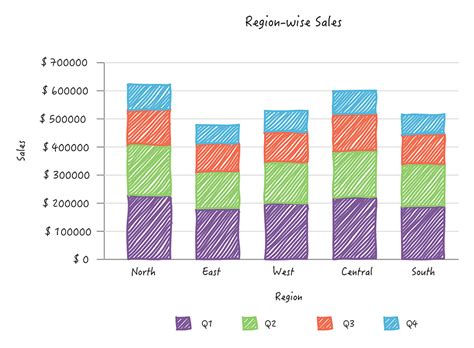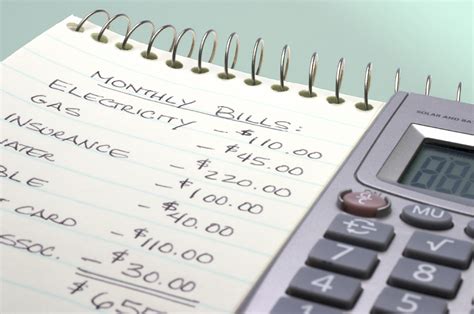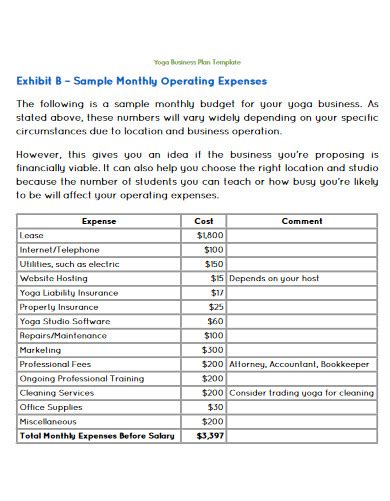For many men, the pursuit of physical excellence often runs parallel with the ambition for financial security. Juggling gym memberships, quality nutrition, and workout gear with savings goals, investments, and daily expenses can feel like a high-stakes balancing act. The good news is that achieving both fitness and finance goals doesn’t require sacrificing one for the other; it requires a practical, integrated budget.

Understanding Your Fitness & Financial Landscape
Before you can build an effective budget, you need a clear picture of where your money is currently going and where you want it to go. This involves a candid assessment of both your fitness-related spending and your overarching financial objectives.
Fitness Costs: More Than Just a Gym Membership
While a gym membership might be the most obvious fitness expense, consider all the other associated costs. These can include:
- Workout supplements (protein, creatine, pre-workouts)
- Specialized sports clothing and shoes
- Home gym equipment (dumbbells, resistance bands)
- Personal training sessions or online coaching
- Healthy food and meal prep ingredients
- Recovery tools (massage guns, foam rollers)
- Race entry fees or sports league dues
Many of these are recurring, and their cumulative cost can significantly impact your budget if not managed.
Financial Goals: Building Your Future
On the financial front, clarity is equally crucial. Are you saving for a down payment on a house, building an emergency fund, investing for retirement, paying off debt, or planning a vacation? Pinpointing these goals gives purpose to your financial decisions and helps you prioritize.

Crafting Your Integrated Budget
An integrated budget treats fitness expenses not as luxuries, but as a vital part of your well-being, on par with other essential costs. The goal is to allocate funds mindfully.
Step 1: Track and Categorize Everything
For at least a month, meticulously track every dollar you spend. Use a budgeting app, a spreadsheet, or even a simple notebook. Categorize expenses into buckets like “Fitness & Health,” “Groceries,” “Housing,” “Transportation,” “Entertainment,” and “Savings/Debt Repayment.” This exercise often reveals surprising spending habits.
Step 2: Set Realistic Fitness Allocations
Based on your tracking, determine a realistic monthly allowance for your fitness goals. If your gym membership is $50, and you spend another $100 on supplements and healthy groceries, that’s $150. Can you optimize this? Perhaps switch to a cheaper gym, buy supplements in bulk, or prioritize whole foods over expensive pre-packaged health items. The aim isn’t to cut out fitness but to make it sustainable within your means.
Step 3: Prioritize Financial Milestones
Once your fitness allocation is set, review your remaining income against your financial goals. Use budgeting methods like the 50/30/20 rule (50% needs, 30% wants, 20% savings/debt) as a guideline. If retirement savings are paramount, ensure that contribution is non-negotiable before allocating to discretionary “wants,” even if some fitness items fall into that category.

Smart Spending & Saving Strategies
The key to success lies in making smart choices that serve both masters.
Optimizing Fitness Expenses
- Home Workouts: Invest once in quality resistance bands or adjustable dumbbells, and utilize free online workout videos.
- Meal Prep: Cooking your meals at home is almost always cheaper and healthier than eating out or buying pre-made “healthy” options.
- Strategic Supplementation: Focus on foundational supplements like protein powder and creatine, and question the necessity of every trendy new product.
- Gym Deals: Look for off-peak membership rates, annual discounts, or consider community recreation centers that often have lower fees.
- DIY Recovery: Foam rolling, stretching, and proper sleep are free and incredibly effective recovery tools.
Boosting Financial Health
- Automate Savings: Set up automatic transfers to your savings and investment accounts on payday. “Pay yourself first” ensures your financial goals are met consistently.
- Review Subscriptions: Audit all your monthly subscriptions – streaming services, apps, obscure memberships. Cancel what you don’t use regularly.
- Debt Reduction: If you have high-interest debt, make paying it off a top priority. The interest saved can be redirected towards your fitness or financial goals.
- Side Hustle: Consider a small side hustle to generate extra income that can be directly allocated to either your fitness fund or accelerating debt repayment/savings.

Tools and Mindset for Success
Budgeting doesn’t have to be restrictive; it’s empowering. Utilize budgeting apps like Mint, YNAB (You Need A Budget), or Personal Capital to simplify tracking and goal setting. These tools provide visual representations of your spending and progress, keeping you motivated.
Adopt a mindset of conscious spending. Before every purchase, ask yourself: “Does this align with my fitness goals, my financial goals, or neither?” This simple question can prevent impulse buys that derail your progress. Remember, consistency is more important than perfection. There will be months where one area needs more attention than the other, and that’s okay. The budget is a living document, adaptable to life’s changes.

Conclusion
Balancing fitness and financial goals is not about deprivation; it’s about strategic allocation and smart choices. By understanding your expenses, setting clear goals, crafting an integrated budget, and leveraging smart spending strategies, you can build a robust foundation for both a healthier body and a more secure financial future. It’s an investment in yourself, yielding returns that impact every aspect of your life.




